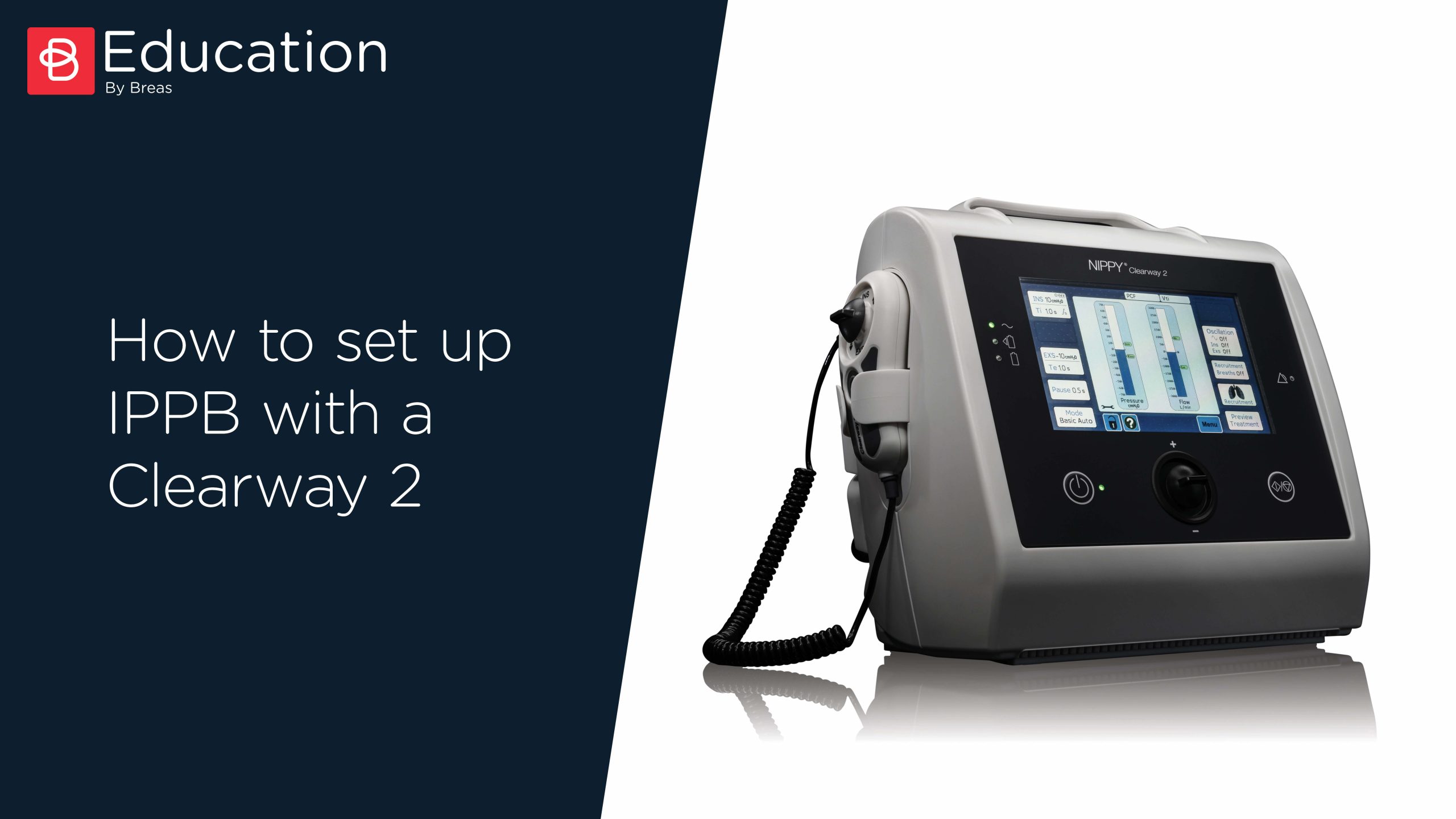Abstract
Background: Mechanically assisted cough devices are used in patients with impaired cough to avoid secretion accumulation. We compared 5 mechanically assisted cough devices by bench testing using a breathing simulator and assessed their user-friendliness.
Methods: We measured inspiratory and expiratory airway pressures and peak expiratory flow, the strongest indicator of cough efficacy. We performed 2 bench tests: 1) to ascertain the differences between preset and actual settings in 3 different machines of each mechanically assisted cough device and 2) to assess the effects of varying respiratory impedance and air leaks on performance of the devices. We also evaluated the user-friendliness of the devices by measuring the time required and errors in accomplishing 4 tasks by 10 physicians unfamiliar with mechanically assisted cough devices compared with product specialists from the distributing companies. Physicians also scored the ease of use.
Results: Four mechanically assisted cough devices during insufflation and all 5 during exsufflation showed differences between preset and actual airway pressures. All but one device showed uneven actual pressure values between models of the same type. Peak expiratory flow was significantly influenced by the mechanical properties in 2 devices and by air leaks in 4 devices. The median time to accomplish all tasks by the product specialist (10 [interquartile range of 2-29] s) was overall significantly shorter compared with all physicians (from 19 [14-65] to 36 [19-116] s). The number of procedural errors, but not the perceived ease of use, differed significantly between the devices.
Conclusions: The performance of different mechanically assisted cough devices was erratic and included variance between models from the same manufacturer; it was affected by respiratory system impedance and air leaks. Time and rate of errors for performing procedures were elevated. These findings indicate that the devices are not interchangeable and that the settings should be targeted for each patient with the specific machine being used. Improvements in reliability, performance, and user-friendliness are advisable.
Keywords: cough; critical care; mechanical ventilators; physical therapy modalities; pulmonary medicine; respiratory therapy.


















